In a Nutshell:
- Shelf life: 6+ months beyond the printed date, 6 to 12 months after opening for best quality.
- Spoilage signs: mold, off smell, or changes in texture or color.
- Storage: cool and dark place; refrigeration after opening.
If you’re anything like me, you’ve probably wondered how long does cocktail sauce last?
I mean, there’s nothing worse than being ready to dig into some mouthwatering seafood dishes only to discover that your trusty seafood sauce might be past its prime.
Well, that’s where this article comes in! In it, we’ll explore the shelf life of store-bought and homemade cocktail sauce, how to spot if it’s gone bad, and the best ways to store your leftover cocktail sauce so you can enjoy it longer.
Let’s dive right in.
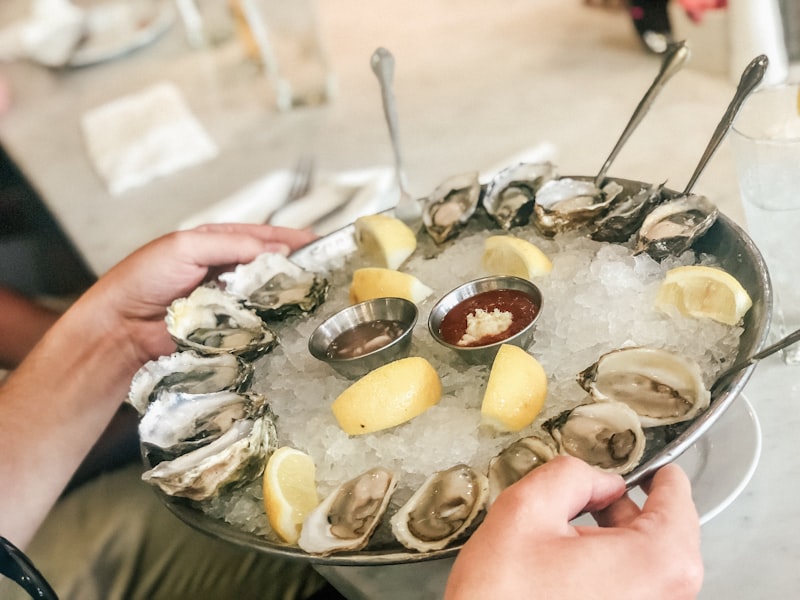
Table of Contents
- How Long Does Cocktail Sauce Last?
- What Affects Cocktail Sauce Shelf Life?
- How to Tell if Cocktail Sauce is Bad?
- When It’s Still Good, Just Different
- Does Cocktail Sauce Need to be Refrigerated?
- How to Store Cocktail Sauce
How Long Does Cocktail Sauce Last?
A typical bottle or glass jar of store-bought cocktail sauce keeps quality for 6+ months past the “expiration” date. After opening, the seafood sauce stays fresh for 6 to 12 months if sealed tightly and refrigerated.
That’s the high-level overview. Next, let’s dive into the nitty-gritty.
Unopened
Cocktail sauce usually has a shelf life of 12 to 18 months, depending on your brand of choice. And similar to other condiments, it keeps quality for months beyond the best-by date.
This “expiration” date is not about food safety. Instead, it lets you know how long the manufacturer expects the dipping sauce to be at peak quality.
(It works the same way for other condiments, such as ketchup, mustard, mayonnaise, etc.)
That means your expired cocktail sauce should still be okay to use, assuming it’s been stored properly and doesn’t show any spoilage signs.
After Opening
After opening, the storage time shrinks to about 6 to 12 months for best quality, though some brands might recommend an even shorter period. The rule of thumb here is that if the sauce doesn’t show any signs of spoilage and the flavor is okay, you can use it.
(Unless it’s been open for like 2+ years. At that point, I’d recommend tossing it because the quality of your opened cocktail sauce is probably pretty bad anyway.)
Finally, the 6 to 12 months period applies only if you refrigerate the leftovers. If you don’t, its quality will deteriorate much faster, and after a month or two, it won’t be good enough for your seafood dishes anymore.
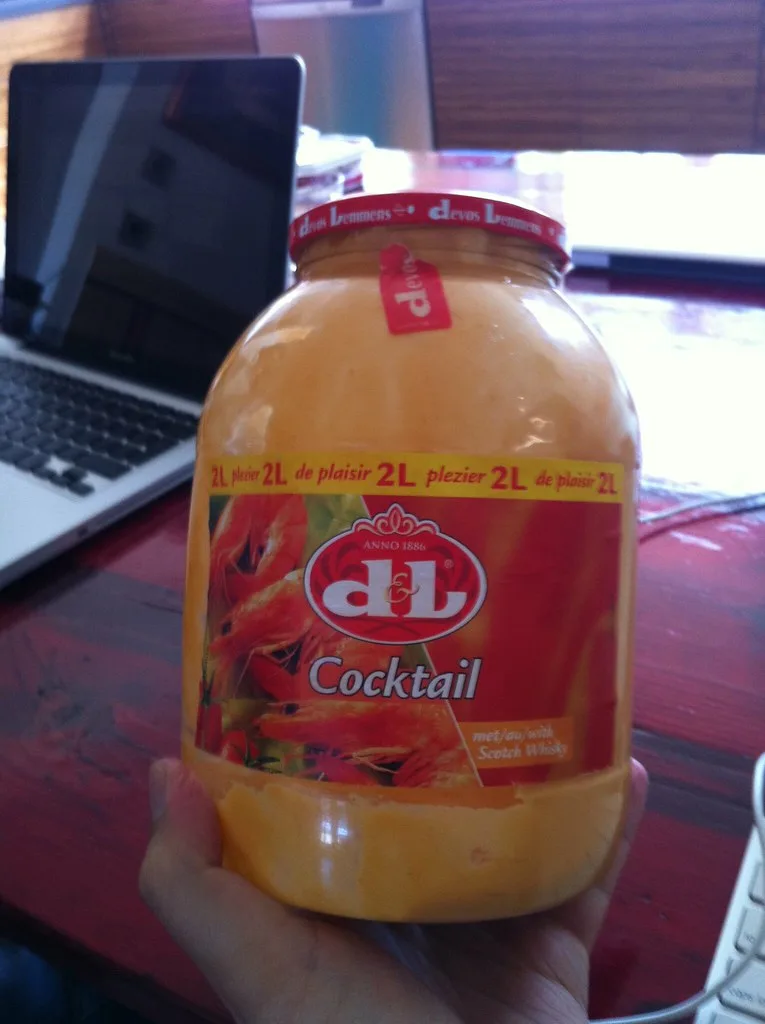
Homemade Cocktail Sauce
When it comes to homemade sauce, the shelf life can be a bit trickier to determine. Since it doesn’t have preservatives like its store-bought counterparts, homemade cocktail sauce usually lasts for about a week in the fridge.
Some sites might suggest a longer storage period of up to two weeks, but it’s probably better to stay safe and stick to the seven days. This is true not only for this homemade seafood sauce but also for other homemade sauces like tartar sauce or chimichurri sauce.
What Affects Cocktail Sauce Shelf Life?
Various factors can influence the shelf life of your cocktail sauce. Let’s explore some of these so you can keep your dipping sauce game strong.
Ingredients
The long storage time of cocktail sauce comes from some of the most important ingredients: vinegar, salt, and horseradish.
The tomato paste (or puree) and lemon juice also make the condiment more acidic, making it difficult for microbes to grow in such an environment.
Packaging and Storage
Proper storage plays a crucial role in extending the shelf life of cocktail sauce, as well as other condiments like Sriracha, hoisin sauce, and fish sauce. An airtight container (or squeeze bottle) and refrigeration are your best friends when it comes to preserving freshness.
And there you have it! With a better understanding of cocktail sauce shelf life and what affects it, we’re now ready to tackle the spoilage signs.
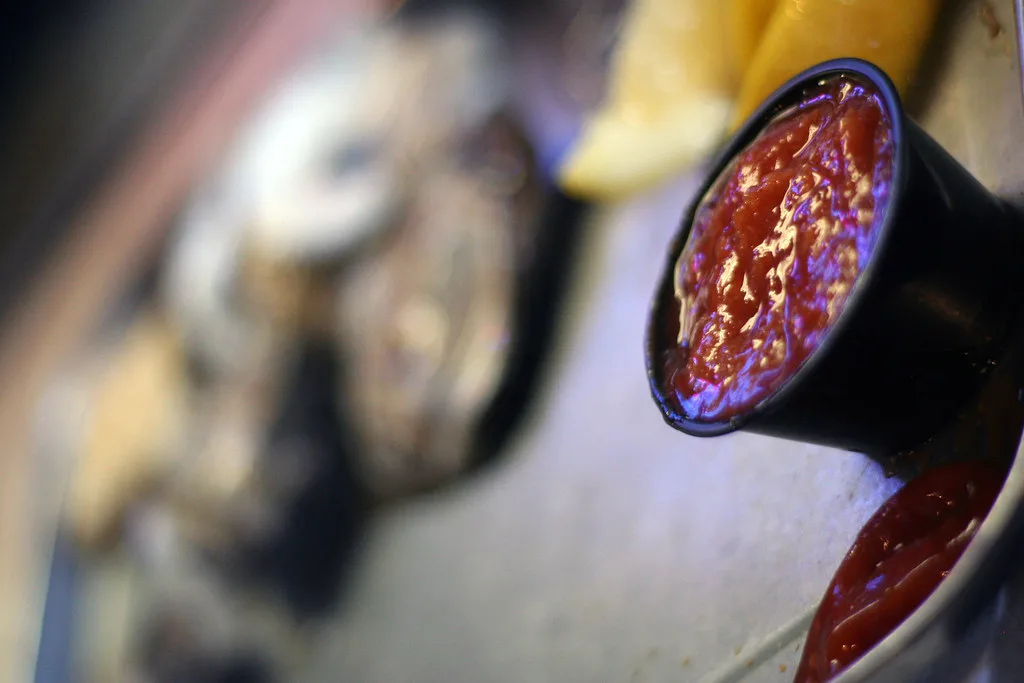
How to Tell if Cocktail Sauce is Bad?
If you’re wondering how to tell if cocktail sauce is bad, the answer is simple: look for mold, an off odor, or changes in texture or color.
That’s the short version.
Now, here’s a detailed breakdown of these spoilage signs, so you can avoid food poisoning and keep enjoying your favorite seafood dishes.
Mold
If mold appears, what you’ve got is spoiled cocktail sauce. So if you notice fuzzy mold spores growing on the surface, it’s time to toss the sauce and open a new bottle.
This is true for other condiments as well, such as Gochujang, barbecue sauce, or Dijon mustard.
Off Odor
When cocktail sauce goes bad, it often develops an off odor that’s hard to miss. Trust your nose – if it smells funky, it’s likely past its prime. The same goes for other sauces like soy sauce or Worcestershire sauce.
Changes in Texture or Color
If your cocktail sauce has lost its smooth consistency and becomes watery or super clumpy, or its color has changed, it’s likely no longer safe to consume. This is a common issue with sauces that have been exposed to direct light or haven’t been stored properly.
Now that you know the warning signs, let’s move on to changes that may seem concerning but are actually no biggie!
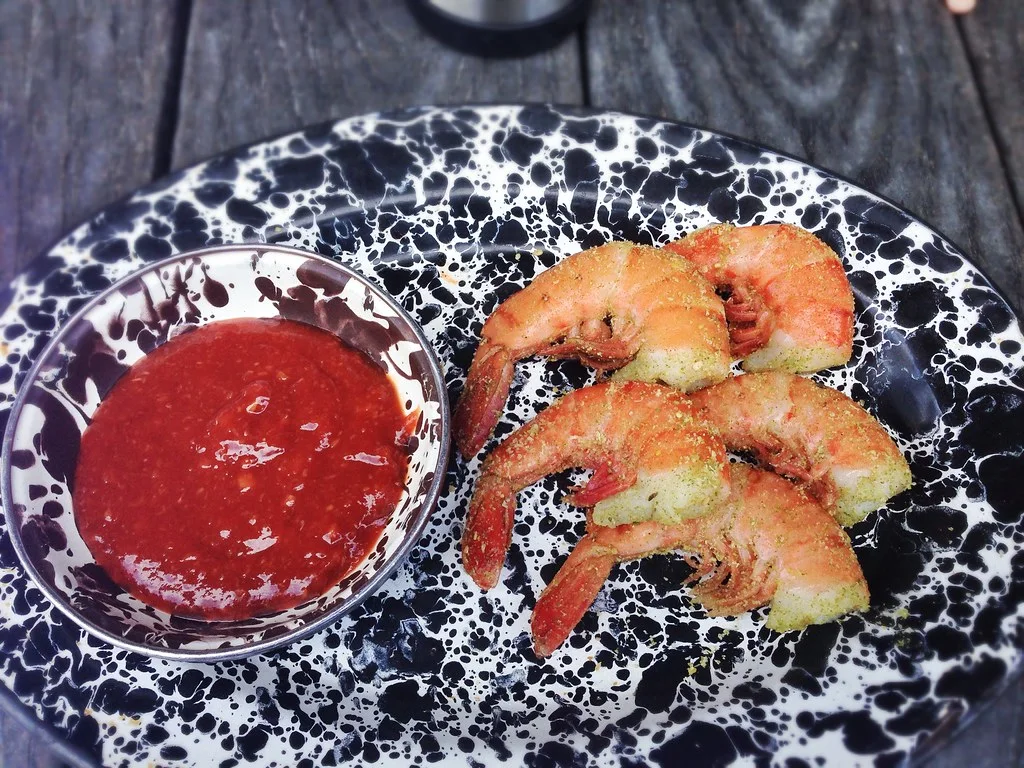
When It’s Still Good, Just Different
Sometimes, your cocktail sauce might experience changes that look suspicious, but they’re actually just a natural reaction to certain factors. No need to panic!
Some Separation is Normal
It’s not uncommon for cocktail sauce, as well as other condiments, to separate over time. This doesn’t necessarily mean it’s spoiled. Just give it a good stir, and you’re good to go!
Slight Color Changes
Cocktail sauce, along with other sauces like teriyaki sauce or oyster sauce, can darken or lose its vibrant color over time. While it may lose quality, it’s not necessarily a sign of spoilage.
However, if the color change is accompanied by any of the previously mentioned spoilage signs, it’s best to err on the side of caution and discard the sauce.
By keeping an eye on these spoilage signs and knowing what’s normal, you’ll be able to enjoy your cocktail sauce without any worries!
Does Cocktail Sauce Need to be Refrigerated?
When it comes to storing cocktail sauce, the golden rule is simple: unopened cocktail sauce can be stored in a cool, dark place, while opened cocktail sauce should be continuously refrigerated.
By keeping it chilled, you’re ensuring that the sauce stays fresh and maintains its flavor for as long as possible.
Sure, you could store cocktail sauce leftovers on the counter, but it’s going to shorten the time the condiment stays fresh significantly. So unless you use a ton of fresh cocktail sauce, it’s best to refrigerate it.
With that in mind, let’s move on to the best storage practices for cocktail sauces.
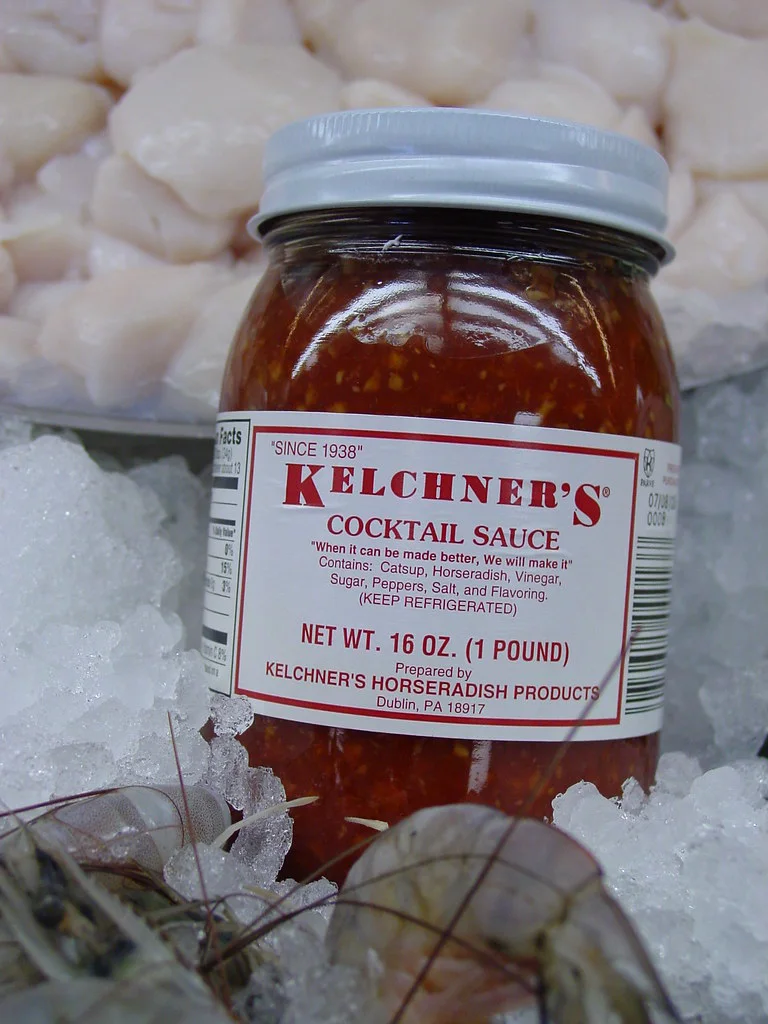
How to Store Cocktail Sauce
Storing cocktail sauce is a piece of cake if you follow these simple steps:
Choose the Right Container
Whether it’s an opened bottle or a homemade batch, make sure your cocktail sauce is stored in a tightly sealed, airtight container. This helps prevent contamination and keeps the sauce from absorbing any funky fridge odors.
Keep It Cool and Dark
As mentioned earlier, always store opened cocktail sauce in the fridge. For unopened bottles and jars, find a spot in a cool, dark place like a pantry or cupboard. The same storage conditions apply to other products like rice vinegar or molasses.
Don’t Double Dip
When using your cocktail sauce, avoid dipping food or utensils directly into the container. In other words, let’s keep things civil, folks.
Cross-contamination can make your cocktail sauce go bad really fast. So instead, pour out the desired amount into a dipping bowl or a separate dish, and discard the leftovers.
With these storage tips, you’ll be well on your way to enjoying fresh and delicious cocktail sauce every time. Just remember that similar storage practices apply to other condiments like hot sauce and anchovy paste.